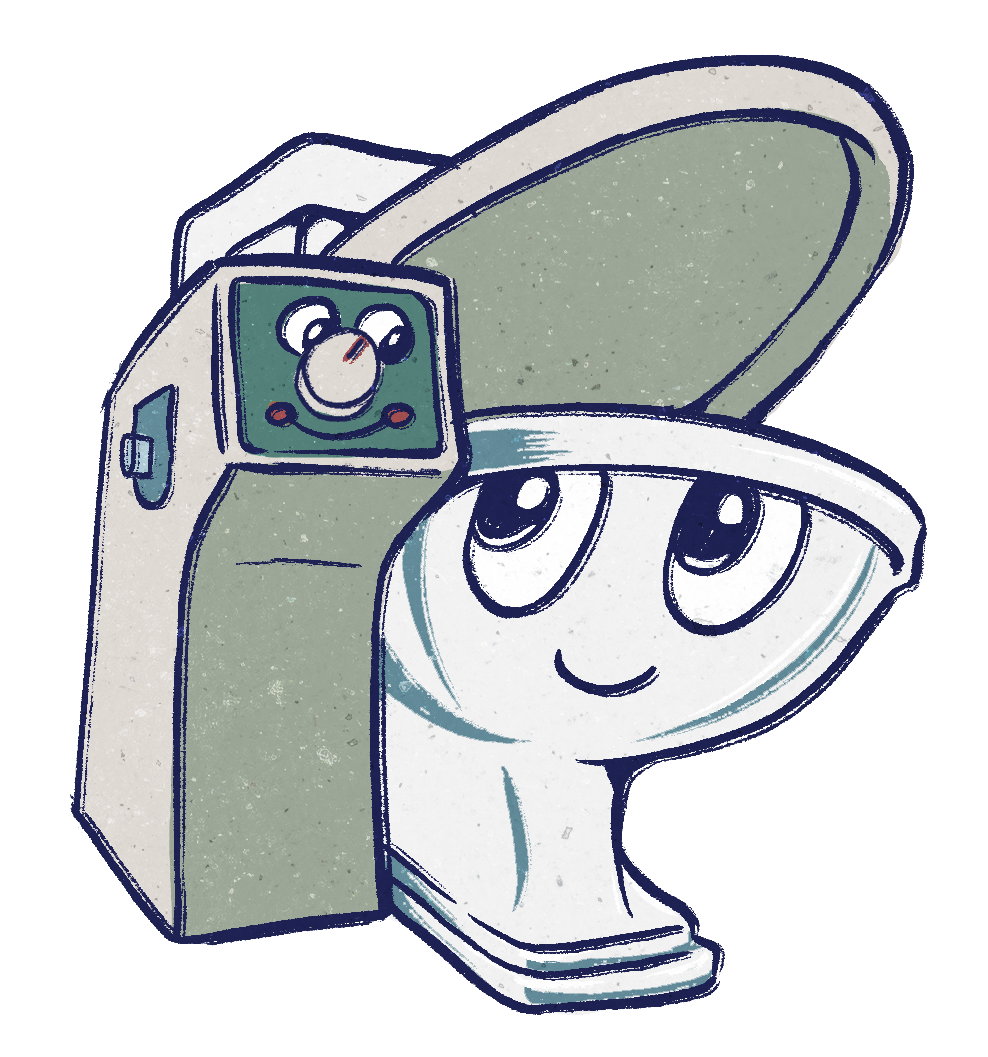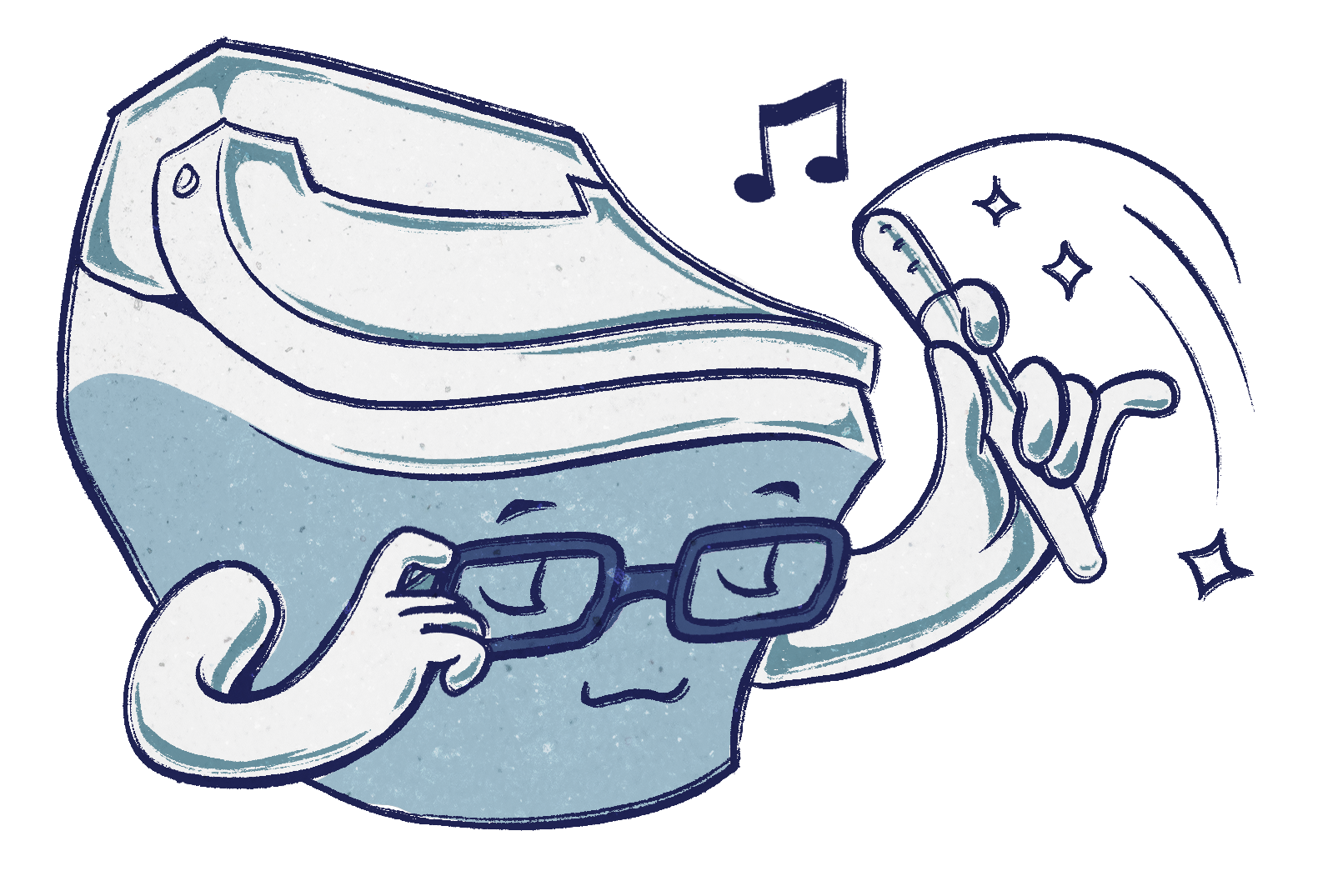The Not-So-Humble Toilet: Japan’s Unlikely Symbol of Modernity
If objects tell the story of a culture and its history, it may seem odd to link Japan with its toilets. But to Assistant Professor of History Kerry Shannon, the way Japan is seen by others and even perceives itself is interwoven with the evolution of toilets and sewage systems across the island nation—as the rustic, wooden latrines of a century ago gave way to the luxurious gizmos of today.
The outsize role toilets have played in Japan’s contemporary self-image is the subject of Shannon’s research and upcoming book, tentatively titled Going to the Bathroom for the Nation: A History of the Modern Japanese Toilet. Shannon pinpoints 1923’s Great Kantō Earthquake as a catalyzing moment. The government used the reconstruction effort as an opportunity to implement underground sewage systems in areas where there were none, to reduce the spread of disease. At the same time, the TOTO company supplied thousands of rebuilt homes with porcelain squat toilets, marketed as a cleaner alternative to latrines and outhouses.
That nationwide effort toward hygiene and cleanliness still echoes in our time. TOTO is the international leader in global toilet sales, and its high-tech fixtures are synonymous with Japan. “When Japanese products are marketed to a Western audience, it’s as if there’s a cultural secret that makes them smarter, cleaner, and in possession of more ingenuity,” Shannon said. “Japan has also embraced that discourse about itself, and we can see how that has evolved all the way through the 20th century to today.”
Toilet Timeline
Pre-1920s: Wooden latrines and night soil system with manual emptying
1917: TOTO company founded, develops sit-down toilet
1923: Great Kantō Earthquake. TOTO porcelain squat toilet takes off, rises in popularity throughout 1950s and 60s
Late 1950s: Tokyo develops advanced municipal sewer system
1960s: Japan mostly using porcelain toilets and night soil system, but implementing more sewerage systems
1970s: Sit-down toilets become as popular as squat toilets, eventually overtaking them
1980: TOTO Washlet, its first electronic bidet toilet, is introduced
1998: 10 million Washlets sold
2003: TOTO introduces auto open/close and flush
2018: Washlet is world’s #1 brand of electronic bidet toilet
2020: Tokyo installs more sit-down toilets ahead of Olympics
2025: Latest TOTO models include dual flush, heated seat, personalized memory settings, air deodorizer, self-cleaning wands, and more







